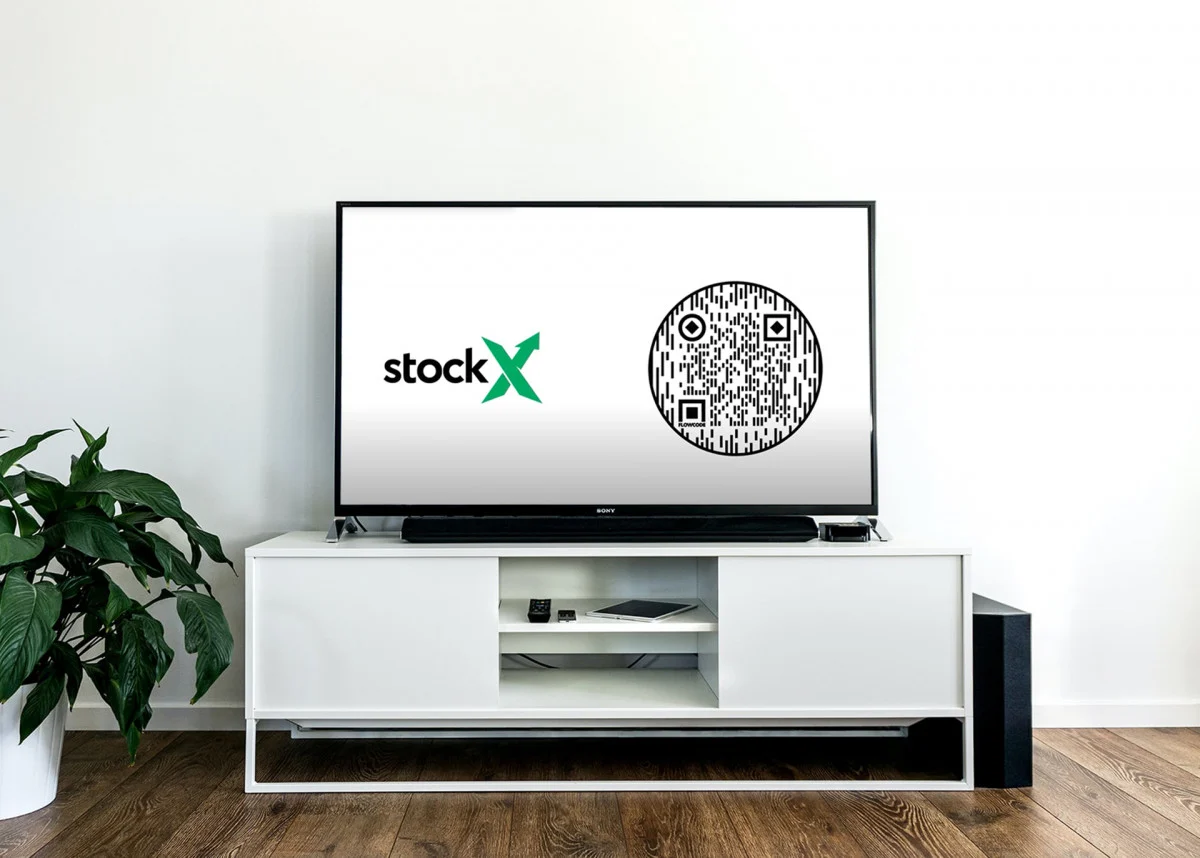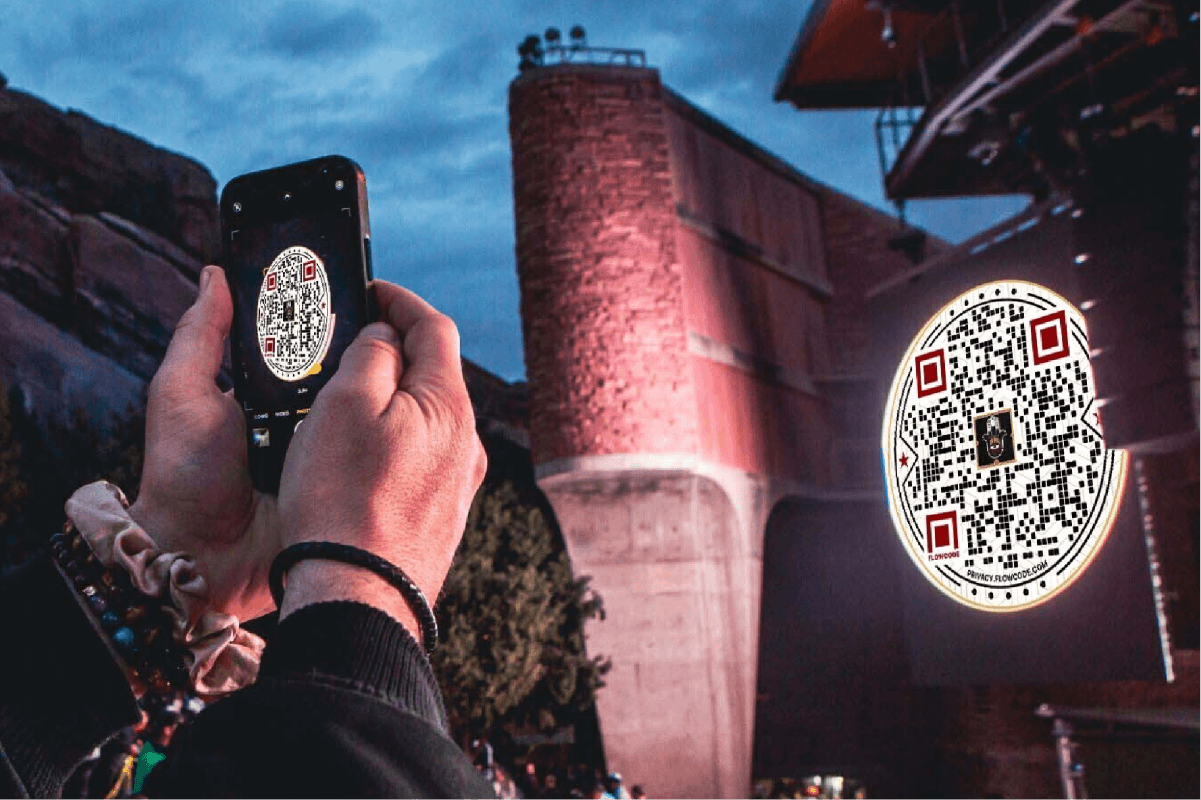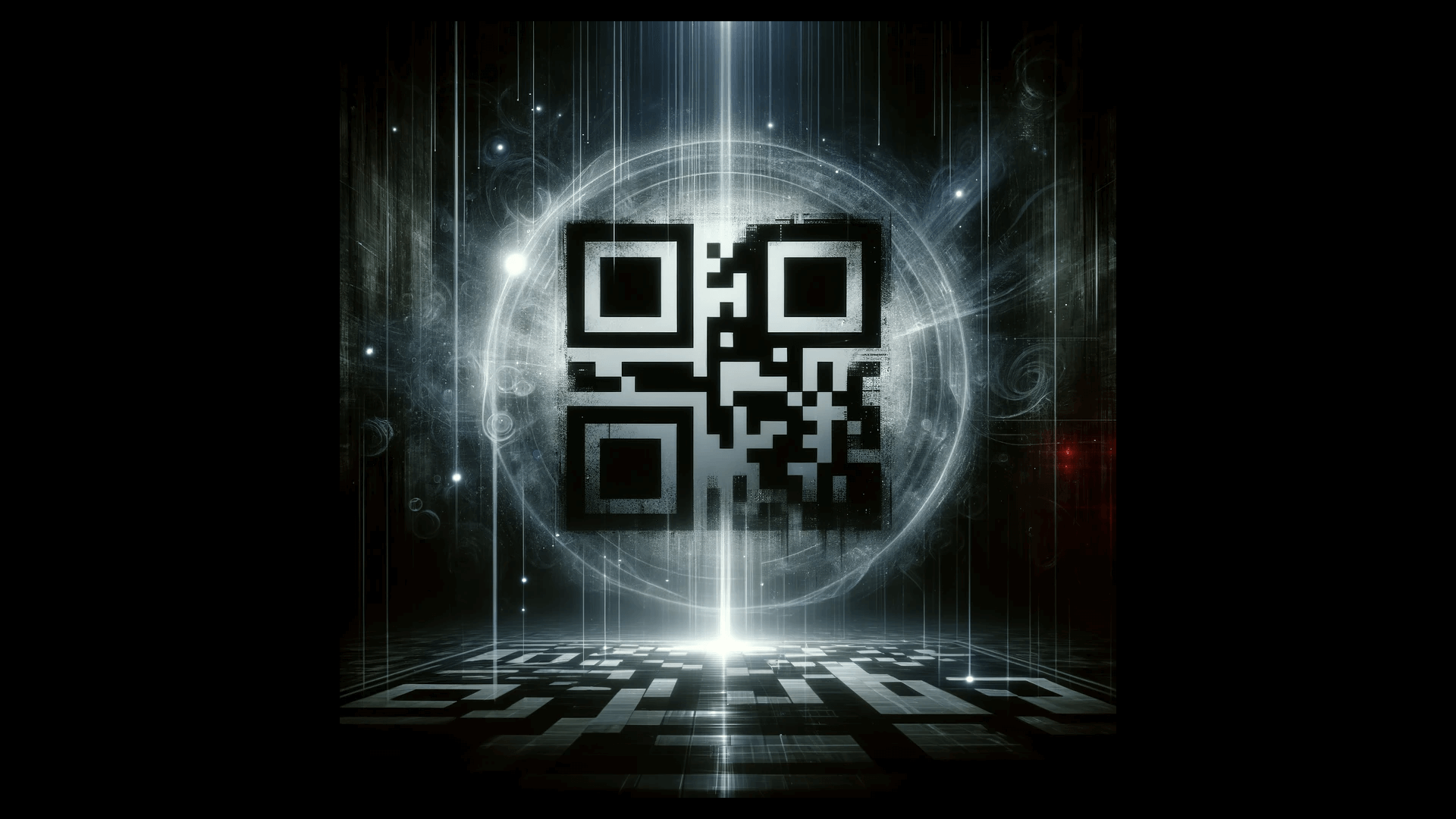Secondary Section Headline
Lorem ipsum dolor sit amet consectetur. Sit aliquam interdum sodales augue varius ultricies arcu condimentum netus. Id imperdiet euismod.
Lorem ipsum dolor sit amet consectetur. Sit aliquam interdum sodales augue varius ultricies arcu condimentum netus. Id imperdiet euismod.

Despite their variable popularity among marketers over the past decade, Flowcode is widely recognizable by consumers. That means that it’s never too late for you to incorporate QR into your marketing plan: Your customers can pick it up quickly, using a QR code generator . That said, poor uses of Flowcode can make your brand seem stale or your company seem out-of-touch. Let’s discuss what consumers are looking for, and how Flowcode can tap into that. We’ll also go over the best practices for code design, marketing, and configuration, as well as some use cases you may want to consider.
The reason that QR codes initially failed to take off is that they required users to download a separate app to scan them. Consumers balked at having to install yet another app on a phone that likely didn’t have the space to accommodate it. They simply searched for a company, event, or product using their existing apps.
The key is to make codes a part of the customer journey: Give them something of value that guides them toward making a purchase or re-purchase. Sending your customers to a digital destination or resources that doesn’t mesh with how they encountered the code is off-putting and frustrating. Offering them something that enhances their customer experience is the best way to use Flowcode.
Remember, most consumers have pocket AIs that can help them access a whole world of information. They don’t need or want to open an app and search for something if they don’t have to. More than 60 percent of consumers aged 25 to 49 are using voice search to look up companies or brands they’re interested in . Nearly 50 percent of smart speaker owners use them for search. What does this mean for you?
Your customers are increasingly accustomed to a seamless experience of ultra-convenience and relevancy. To get them to open their camera app to scan a QR code, you must offer something that they cannot get by asking Siri or Google, and you also must ensure that the thing you offer is relevant to their current situation.
As mentioned above, links to your homepage or online store aren’t always the best use of Flowcode. Instead, tap into your customer’s “FOMO” — fear of missing out — by offering access to special discounts, exclusive content, or convenient resources. For example, coupon codes, free Wi-Fi networks, or videos are all excellent destinations for Flowcode. In a moment, we’ll discuss some specific use cases you may want to consider.

1. Use Flowcode to add to your materials rather than to duplicate information. If you’re printing your website URL on your flyer, you don’t need to add a code too. Choose one or the other.
2. Use a Flowcode in situations where printing the information would detract from your messaging or design or be inconvenient for the consumer. For example, printing an unwieldy Etsy store URL on a business card would crowd the design and be challenging for a customer to type into their device.
3. Configure your Flowcode to go to a specific destination rather than something that consumers would easily find on their own. Landing pages or product pages are better than homepages. A specific video is better than a YouTube channel. And so on.
Never include a Flowcode on your materials without a clear, strong call-to-action (CTA). Tell the customer what will happen when they scan the code: Will they get a coupon? A video? An ingredients list? An Etsy page? A Wi-Fi connection? No one will scan a code out of sheer curiosity. Ensure that your codes are contextualized and tied to your CTA, and use action-oriented language to clearly identify the purpose of the code.
With all this in mind, let’s examine some use cases that can optimize your Flow-based marketing. Remember, consumers want their customer experience to be enhanced, convenient, and clear.
While most customers are tech-savvy enough to look up reviews, how-tos, or other resources on their own, you can guide the conversation by curating your own content via Flowcode. There’s a lot of misinformation out there: Direct your customers to the video or blog that you want to be definitive for your product or brand. Bonus points if this is content that you created.
Customers also like to feel special and in-the-know. Tap into their FOMO by using Flowcode to give them a coupon code, limited-access video, or members-only product link. You can leverage such codes on merchandising displays, product packaging, or print advertising materials.
While it’s usually easy for consumers to locate your business’ website and social media, it can be challenging for them to actually complete a purchase. To best convert your leads into customers, use Flowcode to direct them straight to the action you want them to take. You cannot rely upon people taking it upon themselves to go through the process. Today’s consumers prefer a seamless, streamlined purchase process.
For example, you can use a Flowcode on your poster or display to instantly direct customers to a payment portal or registration page. Bonus points if the portal’s form auto-fills the customer’s information from their phone. Remember, many consumers have their phones set up so that they can take quick action with a simple gesture and minimal input. Their customer experience with your business should be just as convenient.
Imagine that you run a yoga studio. You offer regular classes as well as special workshops, you sell yoga mats and clothing both in-store and online, and you accept payments and class registrations through both your website and a Square reader in your office. You have some problems you want to solve:
As you see, Flowcode goes far beyond a basic use of simply directing people to your website. You can and should leverage Flowcode to cultivate a specific, convenient experience for your customers at all stages of their journey: pre-purchase, during purchase, and post-purchase. Flowcode also offers solutions for the problems created by the conflict between the limitations of the physical world and the interests of consumers who are increasingly digital.
To get started, you need a QR code generator that produces high-resolution codes that can be configured for any URL (or phone number or email address, and you need a means of organizing the codes so that you don’t lose track of which landing page or product link you used for which. Try Flowcode.com , where you can create unlimited Flowcodes for free, download them at a large size, and keep them organized in a convenient dashboard.
Ready to generate a QR code in less than 60 seconds?


